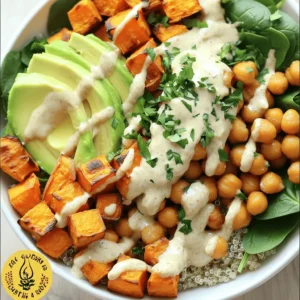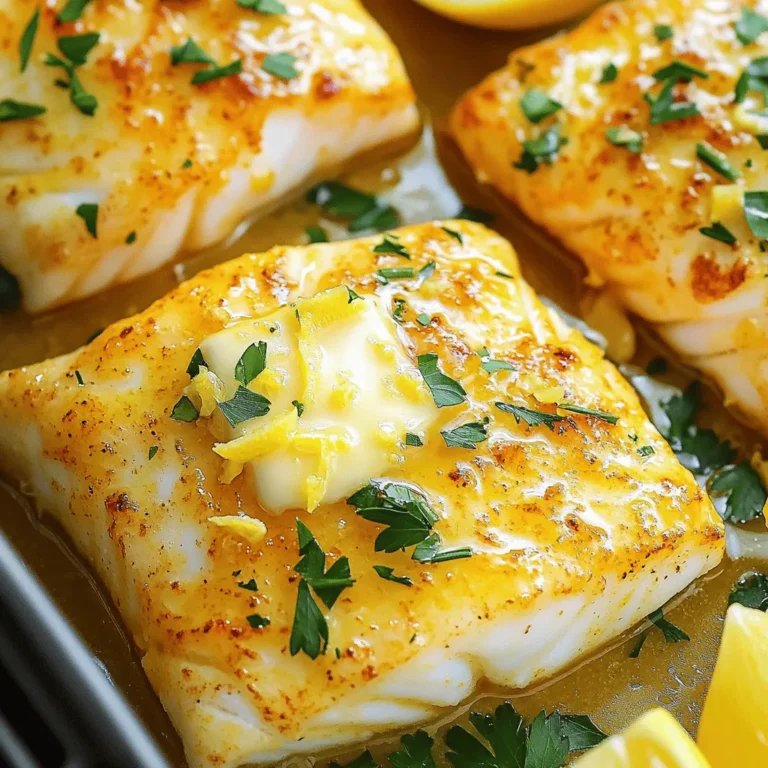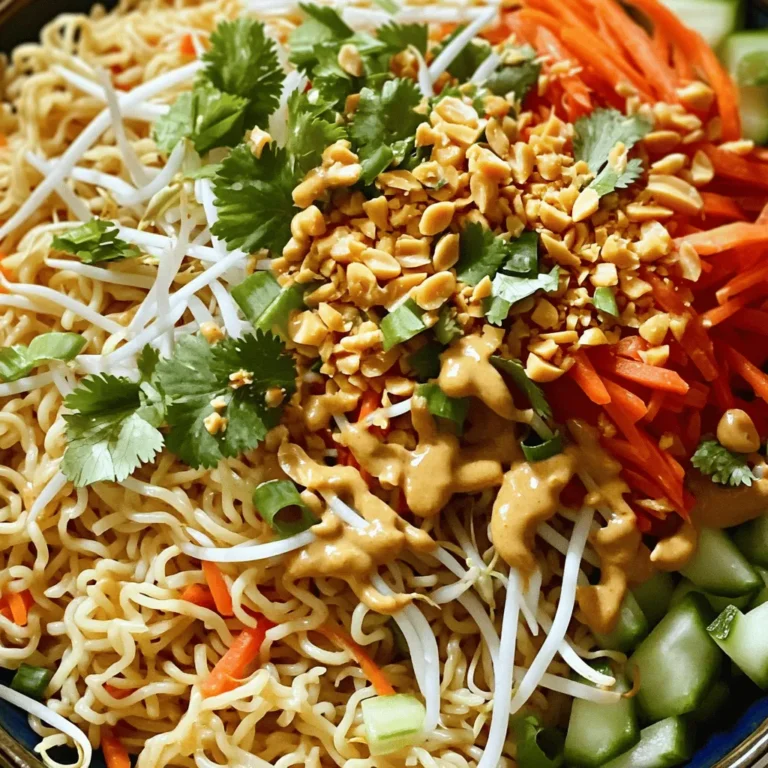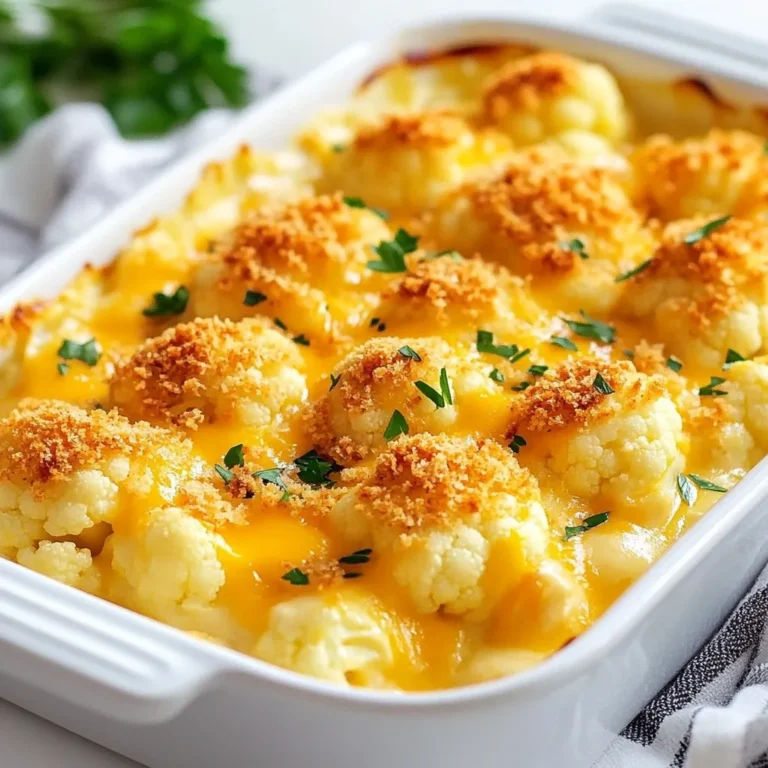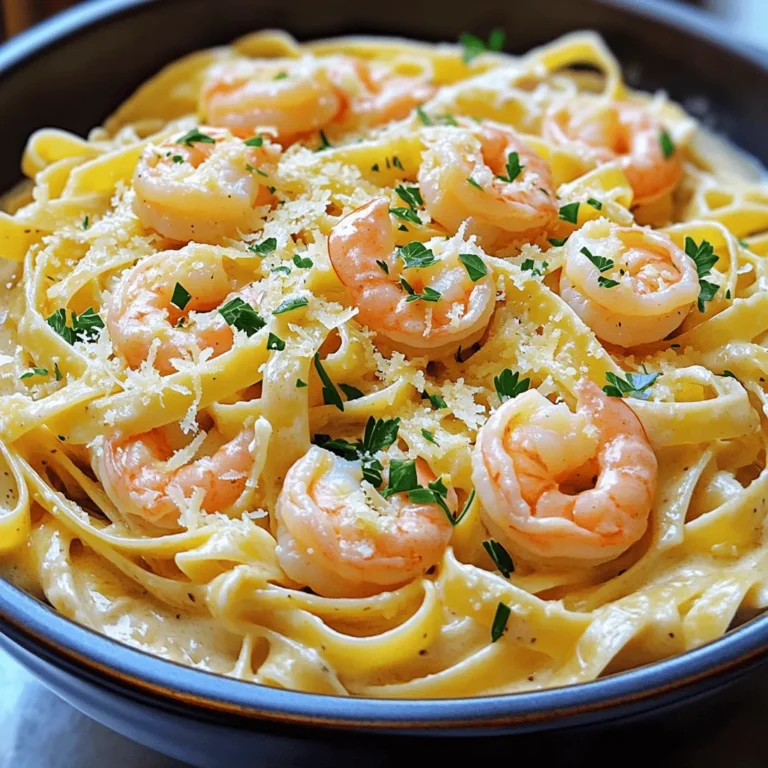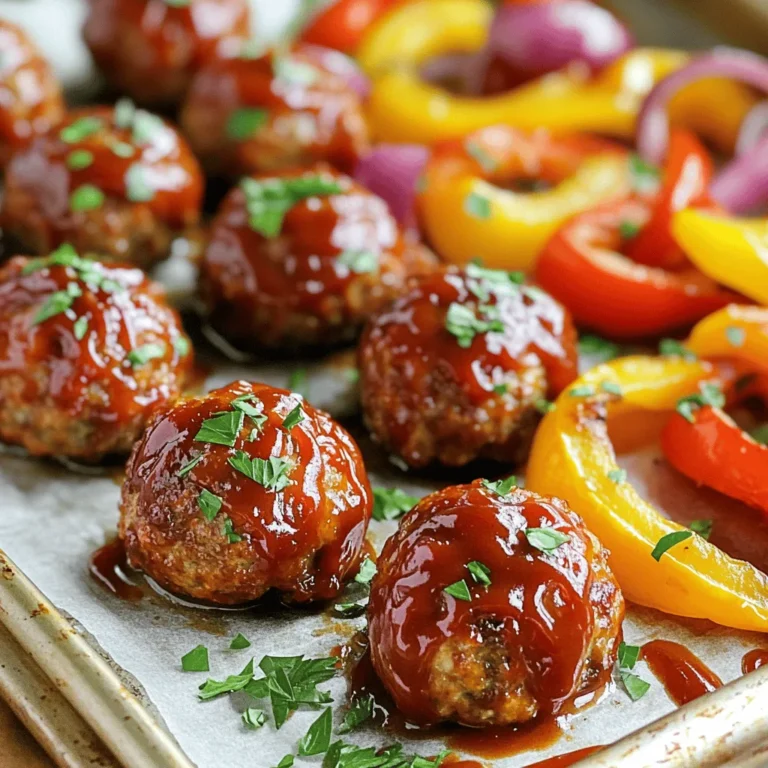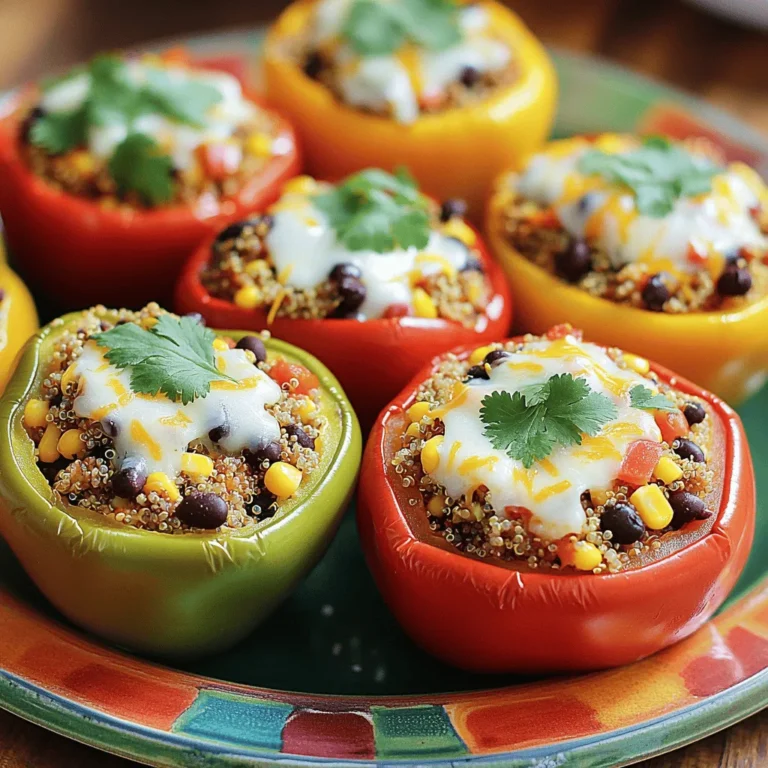Sweet Potato Chickpea Buddha Bowl Flavorful Delight
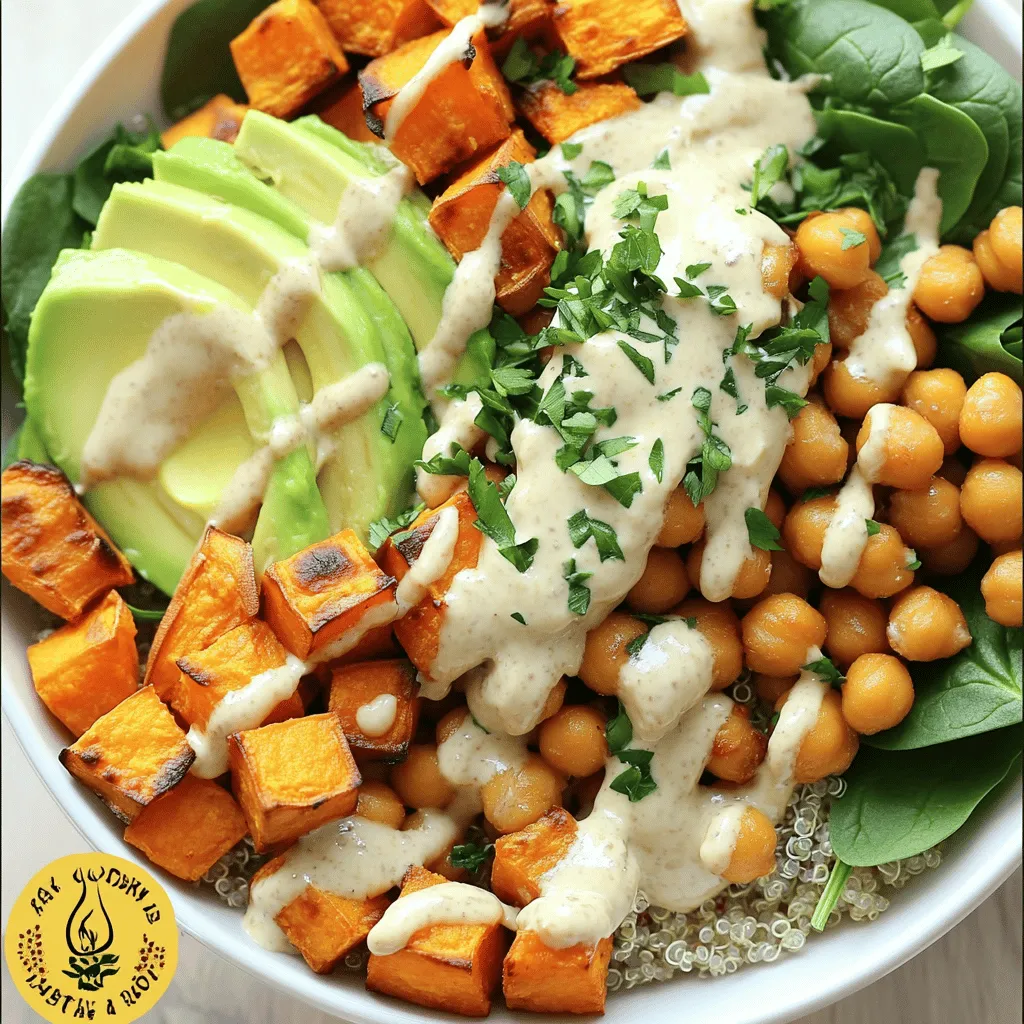
Looking for a meal that’s both tasty and healthy? The Sweet Potato Chickpea Buddha Bowl is your answer! Packed with colorful veggies, wholesome grains, and vibrant flavors, this dish is sure to please. In this article, I’ll guide you through each step, from roasting sweet potatoes to making a creamy tahini dressing. Join me on this culinary journey and discover how to create your own flavorful delight!
Ingredients
Main Ingredients
– 1 large sweet potato, peeled and diced into 1-inch cubes
– 1 can (15 oz) chickpeas, thoroughly drained and rinsed
– 2 cups cooked quinoa (white, red, or a mix for color)
Additional Ingredients
– 1 cup baby spinach, roughly chopped
– 1 ripe avocado, carefully sliced
– 2 tablespoons olive oil, divided
Seasonings and Dressings
– 1 teaspoon smoked paprika for depth of flavor
– 1 teaspoon ground cumin for a warm spice note
– 2 tablespoons tahini, for creaminess
– 1 tablespoon freshly squeezed lemon juice for brightness
– Salt and freshly cracked black pepper to taste
– Chopped fresh parsley for a vibrant garnish
The sweet potato shines in this bowl. Its natural sweetness pairs well with chickpeas. Chickpeas add protein and a nice texture. Quinoa serves as a fluffy base, making the dish filling.
For fresh greens, I like baby spinach. It adds color and a slight crunch. Avocado brings creaminess and healthy fats. Olive oil enhances the dish with richness.
Seasonings matter. Smoked paprika gives depth and warmth. Cumin brings a hint of spice. Tahini and lemon juice create a creamy dressing with bright flavor.
Each ingredient plays a role in this Buddha bowl. Together, they create a colorful and tasty meal. The balance of flavors makes this dish a delight to eat.
Step-by-Step Instructions
Preheat and Prepare
– Preheat your oven to 425°F (220°C).
– Peel and dice the large sweet potato into 1-inch cubes.
Roasting the Sweet Potatoes
– In a bowl, toss the sweet potatoes with 1 tablespoon of olive oil.
– Add smoked paprika, ground cumin, salt, and pepper.
– Spread the sweet potato cubes on a baking sheet.
– Roast for 25-30 minutes, flipping halfway, until golden and tender.
Cooking the Chickpeas
– Heat 1 tablespoon of olive oil in a skillet on medium heat.
– Add the drained and rinsed chickpeas.
– Season with salt and pepper.
– Sauté for 5-7 minutes until slightly crisp and golden.
Making the Tahini Dressing
– In a small bowl, whisk together tahini, lemon juice, and a splash of water.
– Adjust the thickness to your liking.
– Taste and add salt if needed.
Assembling the Buddha Bowl
– Start with an even layer of cooked quinoa at the base of each bowl.
– Neatly arrange the roasted sweet potatoes, sautéed chickpeas, fresh spinach, and avocado slices on top.
– Drizzle the tahini dressing over everything.
– Finish with chopped parsley for a fresh touch.
Tips & Tricks
Perfecting the Sweet Potatoes
– Ensuring even cooking: Cut your sweet potato into evenly sized cubes. This helps them cook at the same rate. Remember to flip them halfway through roasting. This gives them a nice caramel color.
– Flavor enhancements: For a deeper taste, mix in smoked paprika and ground cumin. This adds warmth and a hint of smoke. Don’t forget to season with salt and pepper for balance.
Chickpea Cooking Techniques
– Getting the right crisp: Sauté your chickpeas in a hot pan. Use a little olive oil and let them sit. This creates a crunchy outside that contrasts well with your soft sweet potatoes.
– Alternative preparation methods: You can roast chickpeas for an even crispier texture. Just toss them with olive oil and spices, then bake at 425°F (220°C) for about 20 minutes.
Dressing Variations
– Adjusting consistency and flavors: Whisk tahini with lemon juice and a splash of water. This helps achieve a creamy dressing. If it’s too thick, add more water until you reach your desired consistency.
– Adding spices for a twist: Try adding garlic powder or cayenne pepper to your dressing. This can give it an extra kick. You can also mix in fresh herbs for added flavor.
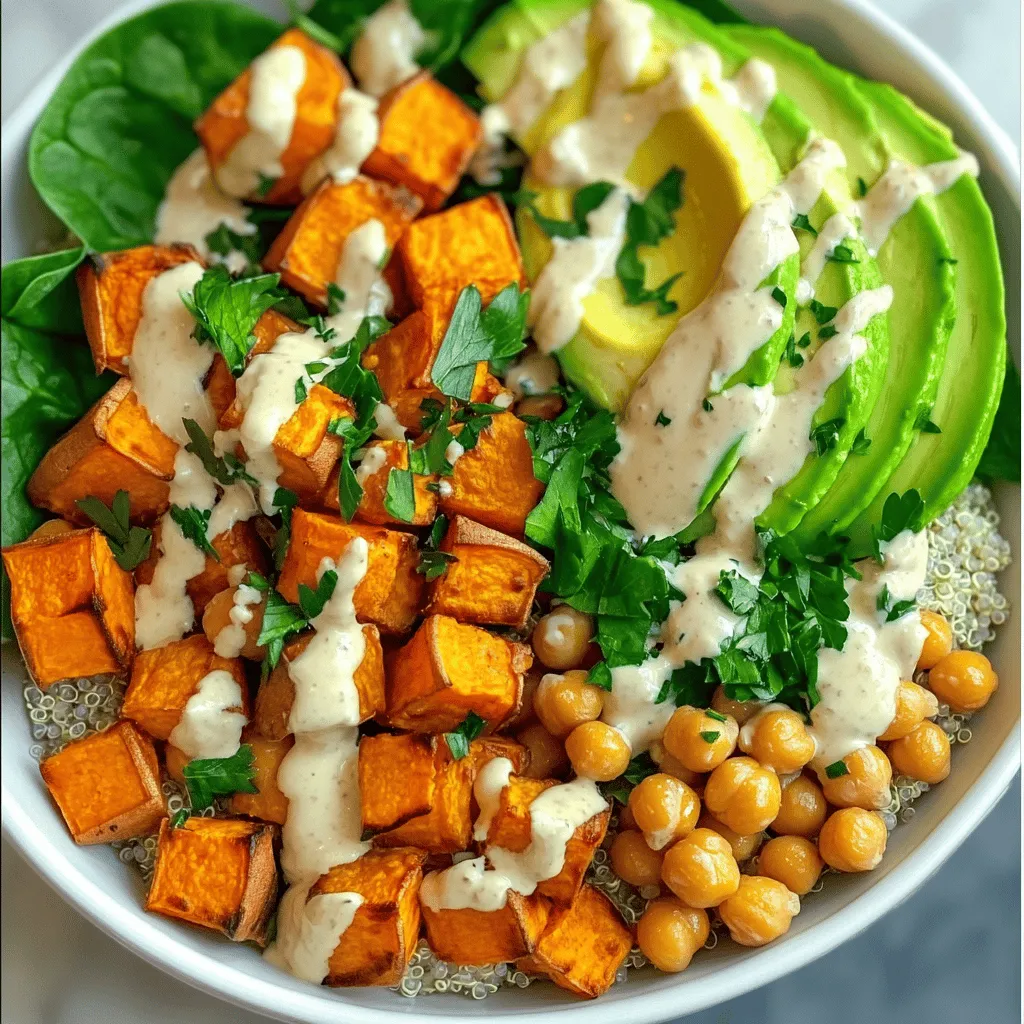
Variations
Alternative Grains
You can switch up the base of your Buddha bowl with different grains. Brown rice is a great option. It adds a nutty flavor and chewiness. Farro or barley can also work well. They both offer a hearty texture and pair nicely with sweet potatoes and chickpeas.
Seasonal Ingredients
Using seasonal ingredients can make your Buddha bowl even better. Try adding fresh vegetables based on what’s in season. Roasted carrots, zucchini, or bell peppers can add great taste and color. You can also mix in different greens. Kale or arugula can offer a spicy kick and a nutrient boost.
Protein Additions
If you want more protein, consider adding other legumes. Black beans or lentils can be great choices. They add depth and flavor to your bowl. You can also add tempeh or tofu for a heartier meal. Both options take on flavors well and enhance the overall dish.
Storage Info
Storing Leftovers
Store your leftovers in airtight containers. Glass or BPA-free plastic containers work best. Place your Buddha bowl in the fridge within two hours after cooking. This helps keep it fresh. It will stay good for up to three days. Make sure to keep the dressing separate to avoid soggy ingredients.
Reheating Instructions
For quick reheating, the microwave is easy. Place the bowl in the microwave for about 1-2 minutes. Stir halfway through for even heat. If you prefer a crisp texture, use the oven. Preheat it to 350°F (175°C) and warm the bowl for about 10-15 minutes. This helps maintain quality and flavor.
Freezing Tips
Freezing portions makes meals easy. Use freezer-safe containers or bags. Label them with the date for easy tracking. Freeze the Buddha bowl for up to three months. To thaw, place it in the fridge overnight. For reheating, use the microwave or oven, just like before, to enjoy the same great taste.
FAQs
What is a Buddha Bowl?
A Buddha bowl is a colorful, nourishing meal. It combines grains, vegetables, protein, and a tasty dressing. The goal is to create a balanced dish. The name comes from the idea of a bowl that is as full as Buddha’s belly. This dish draws inspiration from many cultures. It celebrates fresh, healthy ingredients in one bowl.
Can I make this recipe vegan?
Yes, this recipe is already vegan! All the ingredients are plant-based. Sweet potatoes, chickpeas, and quinoa are great sources of protein. If you want to add more flavor, try using different seasonings. You can also swap tahini for other vegan dressings. Just make sure any added sauces are vegan-friendly.
How long does the dish last in the fridge?
The Sweet Potato Chickpea Buddha Bowl lasts about 4 days in the fridge. Store it in an airtight container. If the ingredients start to smell off or look slimy, it’s time to toss them. Freshness is key to enjoying this bowl!
Can I add other proteins?
Absolutely! You can add proteins like tofu, tempeh, or even nuts. Just cook them separately and toss them in. Chickpeas are great, but you can mix it up. Adding different proteins can change the flavor and texture. Enjoy experimenting with new combinations!
This blog post shared a tasty Buddha bowl recipe, focusing on key ingredients like sweet potatoes, chickpeas, and quinoa. I provided step-by-step instructions to guide you through roasting, cooking, and assembling. Tips and variations help you customize the dish. Remember to store leftovers properly and enjoy them later. A Buddha bowl is versatile and forgiving. You can add your favorite ingredients or proteins. Enjoy creating your healthy meal, and share your results!
